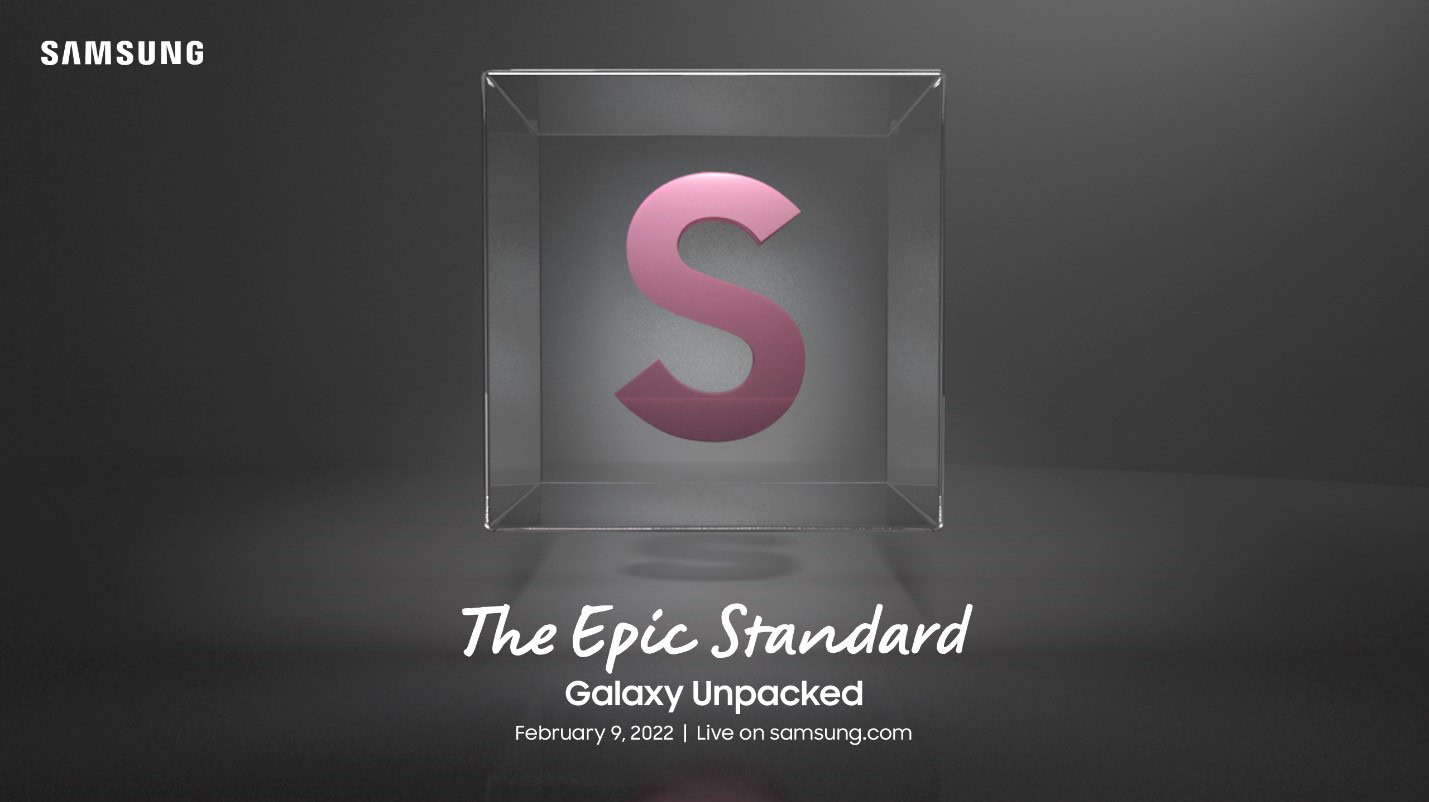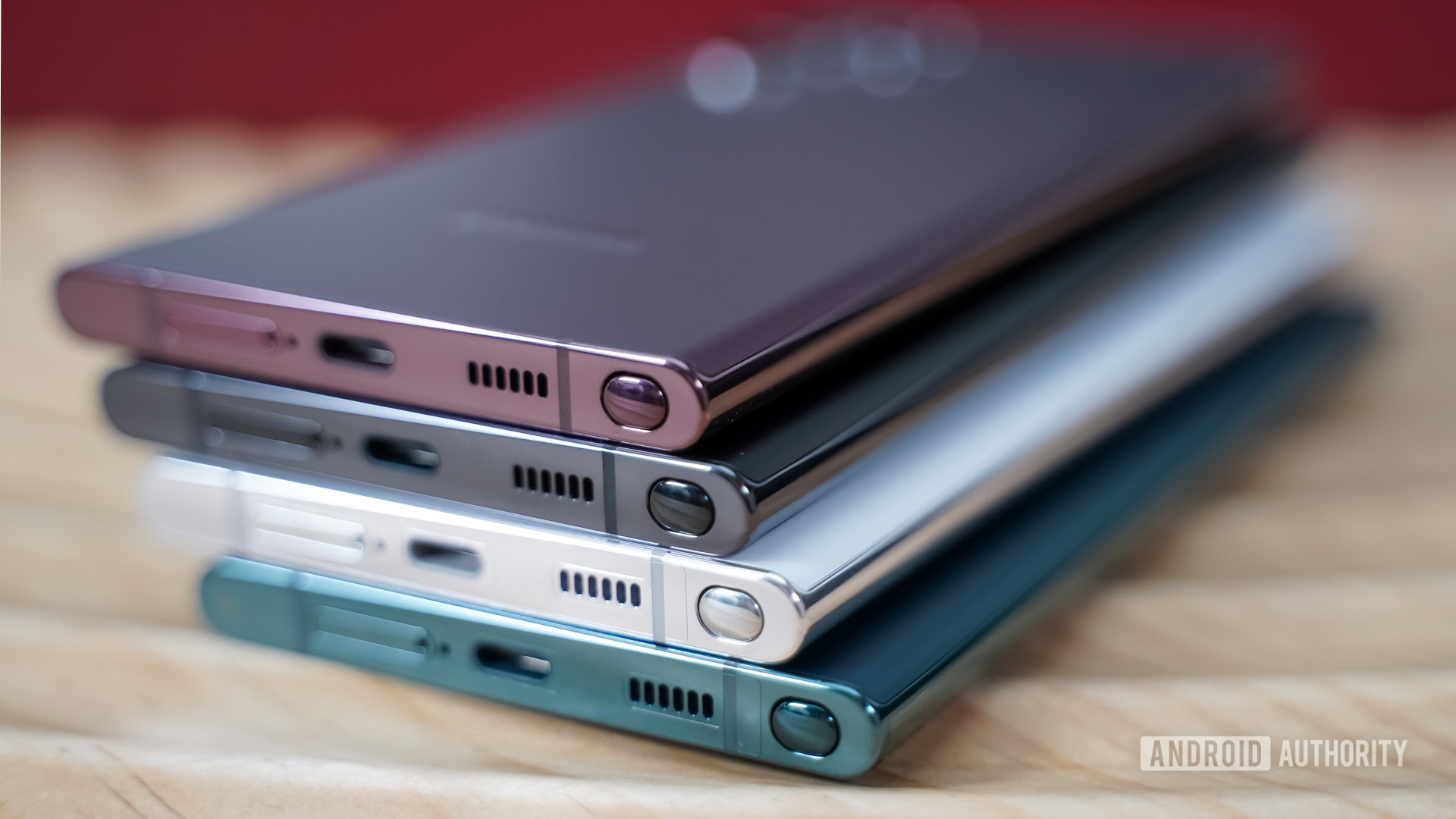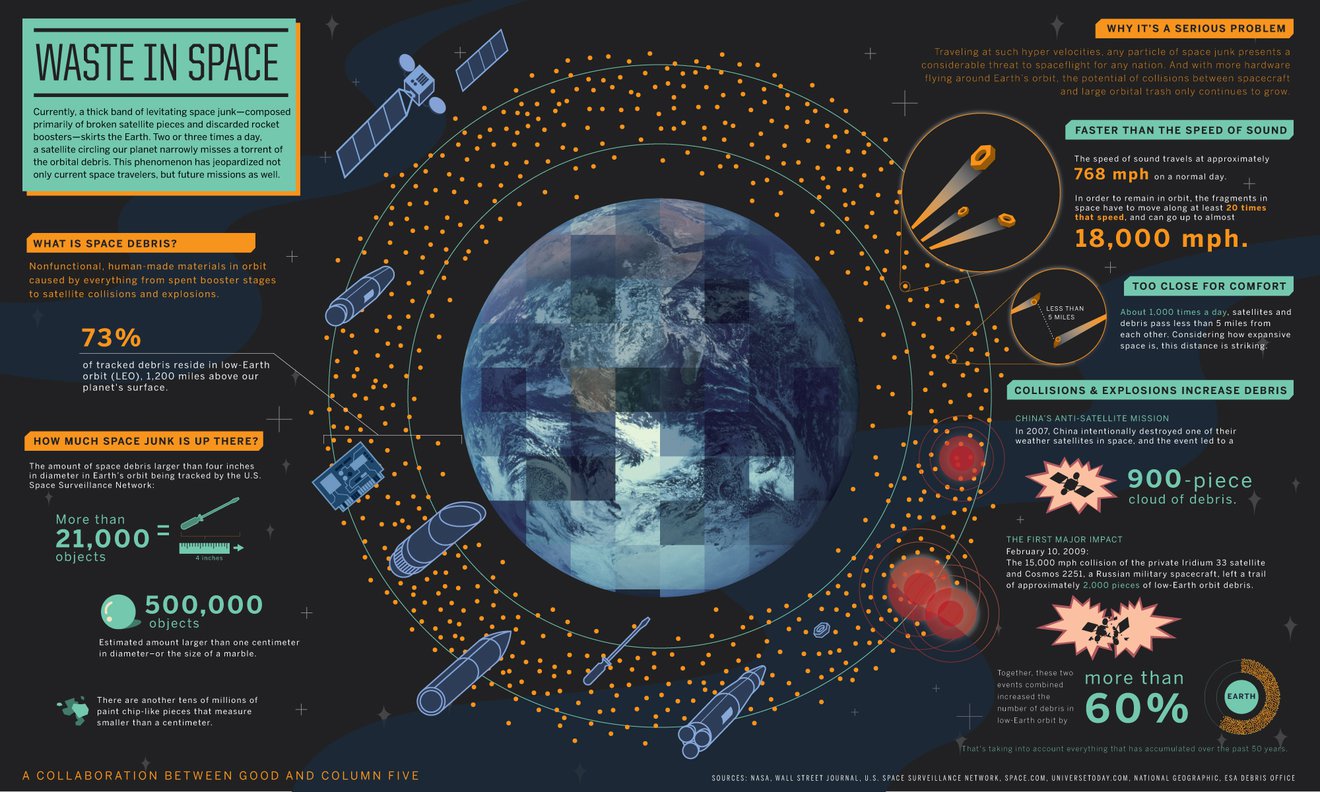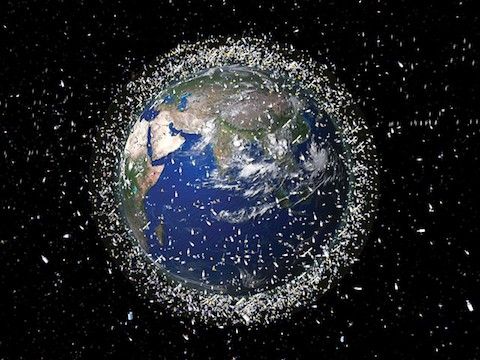Affiliate links on Android Authority may earn us a commission. Learn more.
⚡ Welcome to The Weekly Authority, the Android Authority newsletter that breaks down the top Android and tech news from the week. The 180th edition here, with Sony's Bungie purchase, Samsung S22 pricing, and that Wordle sale...
🐯 Happy Lunar New Year this week, to all who celebrate. We cooked up a delicious feast on Tuesday night, and I’m still recovering!
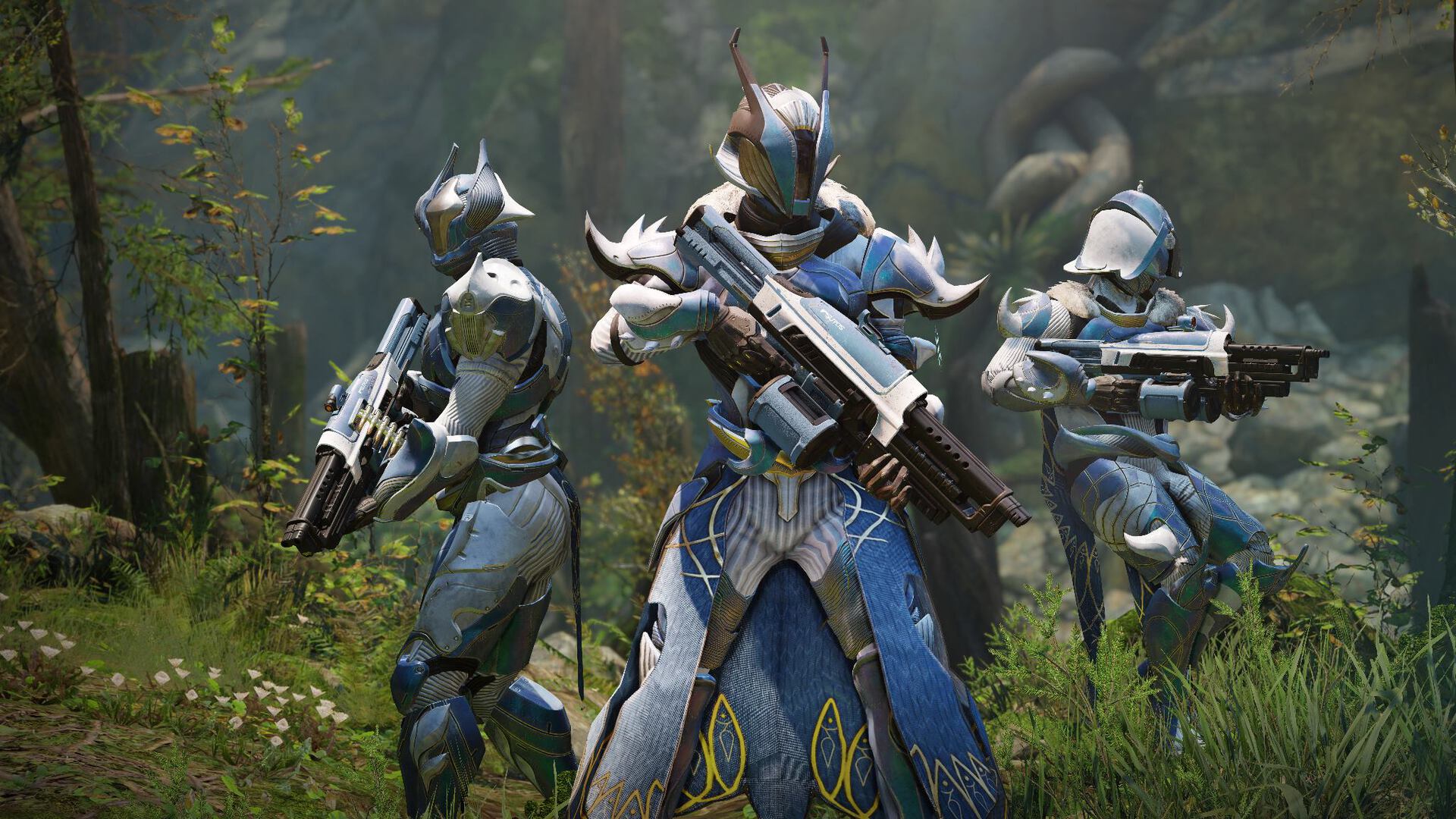
Sony:
- We’d usually put this under gaming news, but here goes: Sony announced plans to buy Bungie for a reported $3.6 billion — the studio’s best known for Halo and Destiny and will remain a multiplatform studio, continuing to develop and publish its games independently following the acquisition, according to Bungie CEO Pete Parsons.
Samsung:
- Galaxy S22 prices have leaked and they look nice — basically the same as S21 pricing. And more S22 leaks hint at a flat-edge display.
- And in yet another leak: These might be your official Samsung Galaxy S22 case options — images suggest around 20 options available.
- Also this week: Samsung’s upcoming Galaxy A-series mid-ranger leaked in full — the Galaxy A53 5G promises a beefier battery, new Exynos chip (likely the Exynos 1200), and 5G connectivity, but many specs remain unchanged from its predecessor.
Google:
- Google’s pushing out a fix for the Magic Eraser problem that crashed Google Photos: If you disabled auto-update, don’t forget to turn it back on to get the latest server-side update.
- Google says tablets are the future, apparently was asleep the last seven years.
- It’s time to say goodbye to Google’s best budget phone in years: The Pixel 4a’s just been delisted from the Google store.
- And Google details February 2022 system update, with bug fixes for Android phones, new features, and improvements to Google Play Store.
- Plus, Google might bring back an old-school feature to messages, and it looks good? Could add a navigation drawer and new account switcher.
- Meanwhile, the Google One VPN for Android just got a little safer, thanks to the Safe Disconnect feature, which only allows you to use the internet when your Google One VPN is active.
- Also: Wondering how many Pixel phones are in use out there? We’ve got an estimate.
OnePlus:
- Leaker says OnePlus Nord 2T is months away. Here’s how much it might cost.
Motorola
- The Motorola Moto G Stylus launched: Good hardware at a good price — Motorola’s newest budget device comes with Android 11 out-of-the-box, mostly low-end specs but good display and 5,000mAh battery.
Apple:
- Report claims Apple already has the iPhone SE 3 in India for certification, could launch sometime in March or April.
- And Apple urges lawmakers to say no to App Store bill: The Open App Markets Act, which Apple and Google are fighting, is expected to win Senate Judiciary Committee approval on Thursday. If that happens, both Apple and Google would have to relinquish full control of their app stores and both could be required to allow side-loading and alternative payment processing systems. Apple says the Act “includes measures that will hurt consumer welfare, competition, and innovation.”
Elsewhere:
- The biggest Oppo Find X5 Pro leak yet gives us all of the renders and specs, suggesting a Snapdragon 8 Gen 1 SoC, 5,000mAh battery, and similar camera setup as last year’s phone, and could launch at MWC 2022 for almost $1,400.
- History made: Facebook daily use declined for first time ever last quarter.
- Trending word puzzle Wordle has been acquired by The New York Times: It’ll remain free for new and existing players, for now, it seems. And speaking of Wordle, have you heard about Subwaydle? Definitely one for transit fans.
- WhatsApp could make unlimited Google Drive backups a thing of the past.
- And Telegram now lets you create animated stickers from videos, though it’s not as easy as it sounds.
- Meanwhile, SpaceX adds a premium tier, promising up to 500Mbps for $500 a month, plus an upfront cost of $2,500, and a new premium antenna.
- And Amazon’s hiking its prices in the US for the second time in a decade, by $20/year or $2/month
- A port-free laptop is now a thing: The Craob-X is an ultra-thin notebook that uses a wireless charger that attaches to the laptop’s lid for battery top-up — and no ports at all.
- The FBI is urging Olympic athletes to use burner phones in Beijing, with large-scale cyberattacks expected to disrupt the event, and you might want to do the same if you’re headed to the Winter Olympics.
- And drones will soon be delivering prescription medicines to your door: Zipline, a leading drone operator, plans to start deliveries in a suburb of Charlotte, N.C. later this year.
- Plus, another color-changing phone is coming: Is this the next big trend? The Realme 9 Pro will feature a back panel with “Light Shift Design,” making it look blue under certain lighting and red in different conditions.
Space:
- Earth has a second Trojan asteroid lurking in its orbit.
- ‘X Particle’ from the dawn of time detected inside the Large Hadron Collider could give insights into the universe’s earliest moments.
- And here are some of the clearest images of Jupiter ever taken, captured by JunoCam, the camera on NASA’s Juno mission in orbit around Jupiter.
Movies/TV:
- We’ve got a release date for the live-action Halo TV series: March 24 on Paramount Plus, and there’s a new trailer.
- And Stephen King’s The Boogeyman adaptation‘s added two new familiar faces to its cast: Yellowjackets’ Sophie Thatcher and Chris Messina of Birds of Prey (and the Fantabulous Emancipation of One Harley Quinn) fame.
- Here are 11 films from the Sundance Film Festival you need to know about: God’s Country with Thandiwe Newton and Finnish folk horror Hatching are standouts.
- Meanwhile, Netflix unveiled a new sizzle reel with first look at Knives Out 2, Slumberland, and The Gray Man — plus The Adam Project starring Ryan Reynolds, which we’re quite excited for.
- And here’s what’s new on Peacock, Paramount Plus, Disney Plus, and Hulu this month.
- If you’ve started Reacher on Amazon Prime — or finished it already — we’ve got nine similar movies and shows you’ll also enjoy.
Gaming:
- Rockstar Gaming confirmed Grand Theft Auto 6 is in active development, with some rather vague comments.
- Sony’s still struggling with PlayStation 5 supplies.
- And Microsoft’s proposal to buy Activision is now being reviewed by the FTC, could face tighter scrutiny.
- Meanwhile, Google Stadia employees say 80% of their work isn’t on consumer platform: It’s looking like Google doesn’t really care about consumer -level business.
- Dying Light 2 launched Friday and Kotaku’s review is in: “Techland delivers an open-world zombie RPG that makes exploring and escaping just as fun as facing the undead.”
- NFT Minecraft project sells $1.2m in tokens, deletes everything, and vanishes: Blockverse devs say due to harassment, deny project’s a scam.
- EA’s delaying the first season of post-release content for Battlefield 2042 to focus on the game’s issues.
- And the Nintendo Switch outsold the Wii, is now company’s best-selling home console.
- Plus, if you want to listen to all your favorite tracks from the original Pokémon Diamond and Pokémon Pearl games, there’s now an official library where you can do so, and you can also use the tracks for “creative activities and performances,” apparently.
- Also this week: Ghostwire Tokyo’s got a launch date — March 25, and an official showcase for the game on Thursday revealed new gameplay and behind-the-scenes details, catch up here.
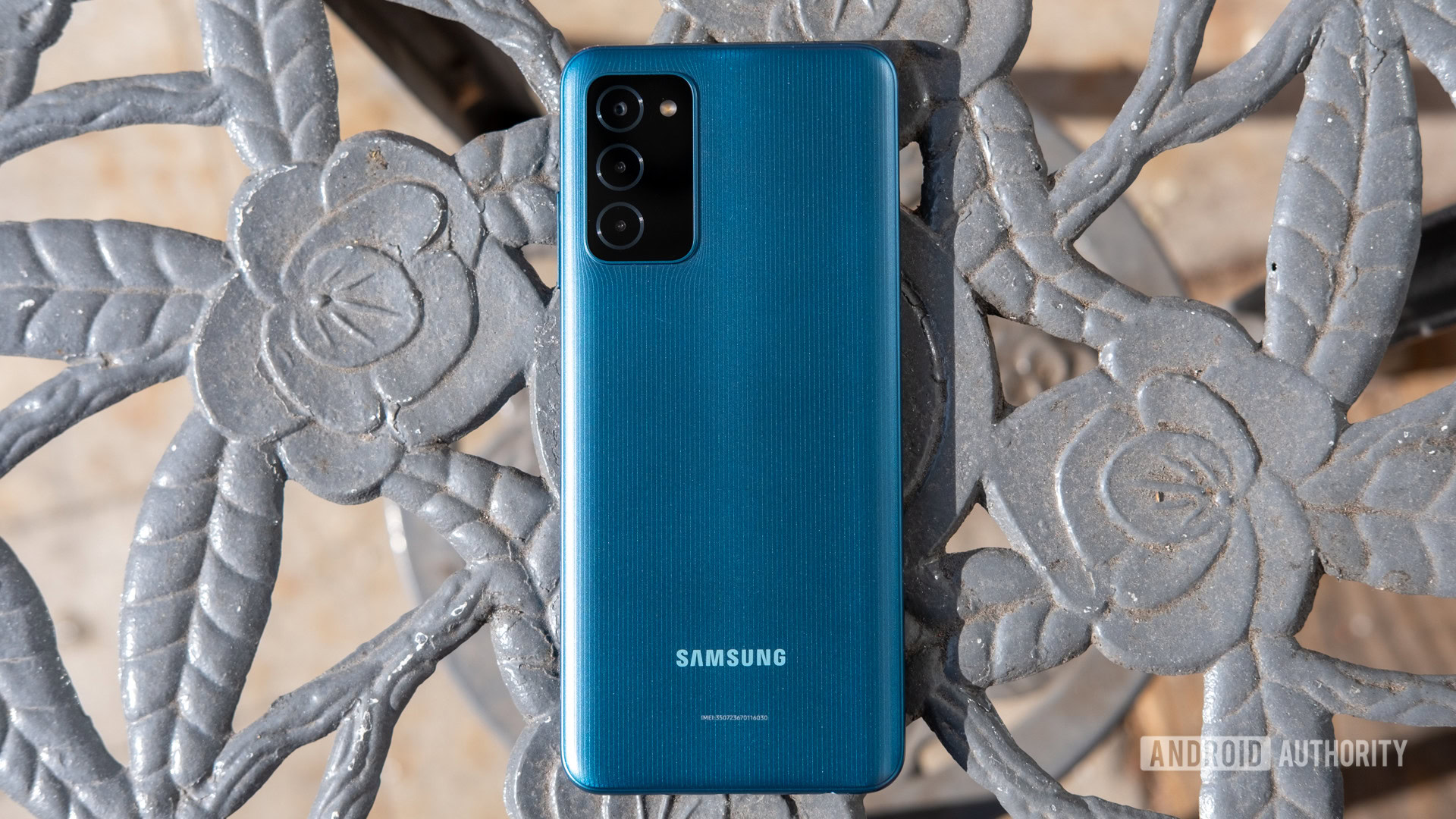
- Samsung Galaxy A03S review: Growing up, but slowly — “The fingerprint reader and updated base RAM and storage give it a little bit of extra punch, but they don’t quite go far enough to counterbalance the sluggish performance and lacking cameras.”
- Samsung Galaxy A13 review: Cheap 5G comes at a cost — ” There are better value Galaxy A series phones out there for those buying unlocked, but the Galaxy A13 is still a reasonable buy from US carriers if you can find a good deal.”
- Samsung Galaxy S21 Ultra one year later: Is it still worth buying? “Samsung’s Galaxy S21 Ultra might be the last of its kind, so don’t hold back from picking one up.”
- Lenovo IdeaPad Duet 5 Chromebook review: A compelling option in a me-too market — Easy conversion from tablet to laptop and back might make this a better choice than a regular Chromebook.
- Autel Robotics Evo Lite Plus review: 6K camera drone — “The Autel Robotics Evo Lite and Evo Lite Plus are easy to fly and capture great images from the sky.”
Features
- Samsung Galaxy S Series: Here’s why Exynos versus Snapdragon is such a big deal — Does it seem fair that a Galaxy S phone in one region can have worse performance, battery life, and image quality than the same device in another market? (Android Authority).
- Exclusive: This is the intelligent Android lock screen Google never gave us — Here’s a look at what could have been… (Android Authority).
- North Korea hacked him. So he took down its internet: This hacker took matters into his own hands (Wired).
- How Brett Goldstein helped heal my pandemic anxiety: The Films to be Buried With podcast helped one listener get over fear of their own mortality (Mashable).
- Why China keeps its pyramids a secret: Yes, there are pyramids in China. No, you can’t visit them (Messynessychic.com).
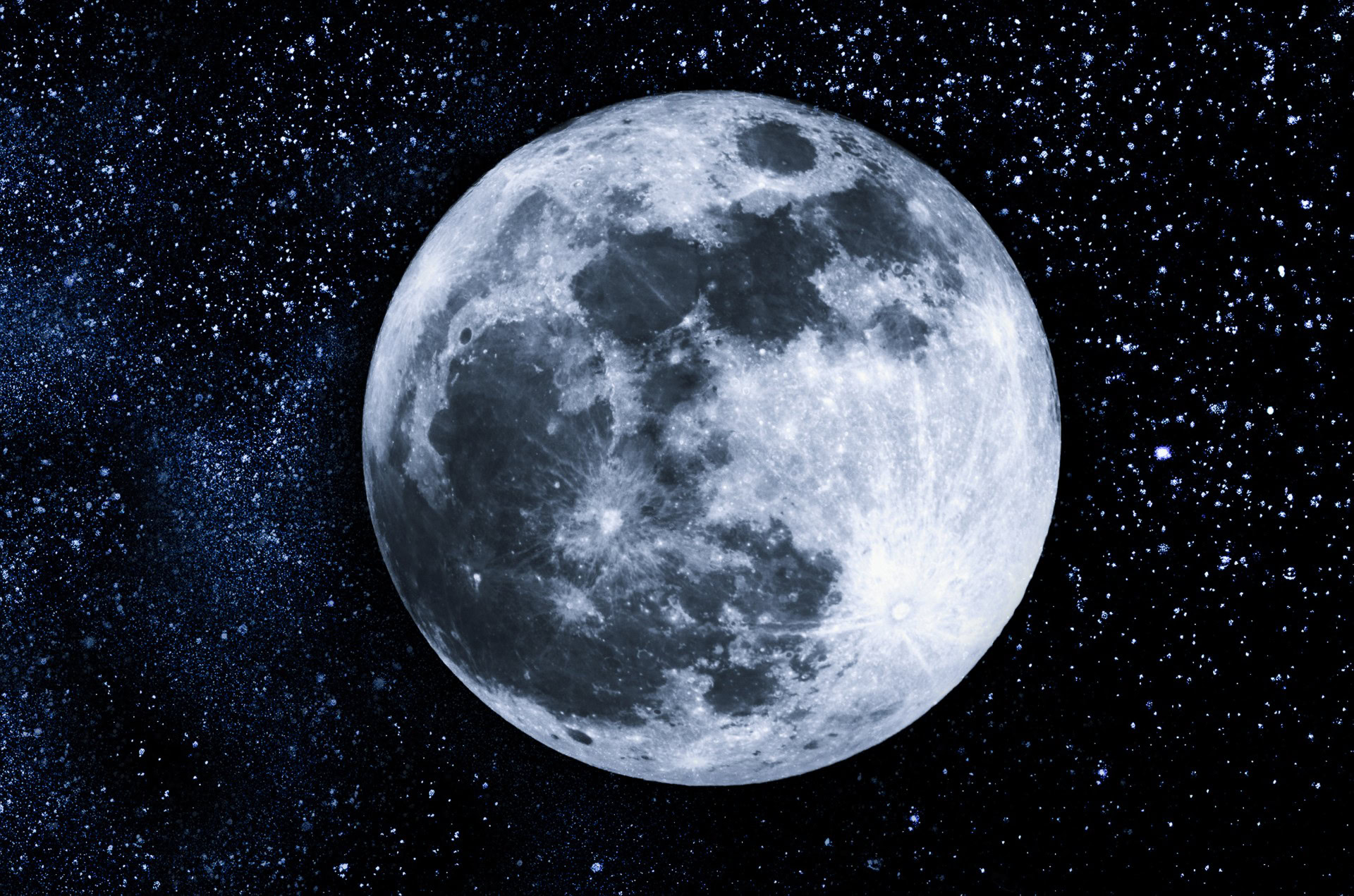
Next week you’ll be able to see a huge chunk of Elon Musk’s SpaceX Falcon 9 rocket crash into the Moon. The rocket launched from Cape Canaveral on February 11, 2015.
Moon landings, but not as we know them
The SpaceX rocket won’t actually hit the Moon until 12:25:58 Universal Time on March 4, 2022. The chunk — known as 2015-007B — due to impact the Moon’s surface weighs a whopping four tonnes and will strike the surface of the planet at around 5,600mph. It’s estimated that it will crash into the far side of the Moon, near the Hertzsprung crater.
While you won’t actually be able to see the rocket hit the Moon, the rocket will be visible from Earth on February 7 and 8, 2022 as it rounds the Earth on its night-side. The event will be broadcast at 6 PM UTC on both dates, but the rocket will be at its brightest on February 8, as it will be closer to us at around 28,000 miles from Earth.
Why is this happening?
Satellites are propelled into space by rockets comprised of multiple stages — but the Falcon 9 engine currently on a collision course with the Moon has had a much longer journey than most.
Back in 2015, its purpose was to escort the Deep Space Climate Observatory, or DSCOVR, to its spot in deep space — that’s around 1.5m kilometers from Earth, located between us and the Sun.
- According to ABC Science, DSCOVR is designed to “monitor ebbs and flows in the stream of charged particles that spew from the sun — called the solar wind — and give space weather forecasters warning that a damaging surge might be on its way.”
- The SpaceX Falcon 9 rocket had two stages, the first stage dropping off and heading for Earth when it ran out of fuel (and later crashed into the ocean).
- The second stage had extra power to steer DSCOVR closer to where it needed to be. This second stage ejected and began its journey tumbling through space, over a million kilometers from us, way beyond the Moon.
- Over the past seven years, the stage has been pulled this way and that by the Earth, Moon, and Sun’s gravity, sending it into a “chaotic” orbit.
What happens when it hits the moon?
Traveling at around 5,600mph, the four-tonne rocket stage is expected to strike the far side of the Moon. Because the Moon has no atmosphere, the rocket won’t burn up on its way down, so when it hits the surface there’ll be a huge spray of Moon Dust.
- It’ll create a crater within a crater, expected to be around 19 miles in diameter.
- Scientists say this will be an opportunity to learn about the geological structure of the Moon, as we’ll get to see the subsurface.
Luckily, the expected crash zone is thought to be far enough away from China’s Yutu-2 probe to not cause a problem.
Could Elon Musk be sued?
People are rightly asking why Elon Musk is allowed to litter in space, but the answer is simple: Nobody owns the Moon, and actual damage has to be caused for there to be any legal action taken. So theoretically, yes, Musk could be sued for littering in space. Practically, it’ll probably never happen — and the space junk problem is far larger than just Musk’s old rocket stage.
How big a problem is space junk really?
It’s estimated there are over half a million pieces of orbital debris, or “space junk” zooming around Earth at around 17,500mph.
- This includes everything from broken bits of satellite to objects astronauts lost on spacewalks and even crystallized human urine.
- NASA is currently tracking around 28,000 pieces of debris larger than 10cm orbiting Earth.
- And scientists say space debris is becoming one of the biggest pollution disasters.
- Even pieces of space junk too small to track could still cause serious damage if they collide with other objects — such as satellites — due to the speed at which they’re traveling.
- In November 2021, the Russian ASAT test resulted in the creation of over 1,500 pieces of debris, as well as potentially hundreds of thousands of smaller fragments.
- According to NASA, junk orbiting below 600km will fall back to Earth in a few years, but any orbiting above 1,000km could continue floating for 100 years or more.
Left unchecked, space junk could threaten future missions and even make space completely inaccessible for future generations (more on that in a moment).
You can see for yourself just how huge a problem space junk is by visiting SATVIEW or Astriagraph.
What is “Kessler Syndrome”?
Picture this: A large piece of a defunct satellite strikes another satellite, which then becomes space junk and strikes another satellite — and so on. This chain reaction, known as Kessler Syndrome, could spell the end of space exploration for all, effectively cutting us off from the rest of the cosmos.
- Right now the main sources of space junk are old rocket stages still in orbit and debris clouds created by military anti-satellite test.
- If space junk continues to accumulate at this rate unchecked, the main source of space junk will soon be spacecraft, satellites, and space station remains.
Removal of this space junk is a complex process. There are some natural processes that help clear out space junk. The Sun’s 11-year solar storm cycle makes Earth’s atmosphere a bit denser, which in turn generates more drag on objects orbiting in the lower orbits — but anything in the upper part of low Earth orbit will just keep on traveling.
But actual projects to remove space junk could be tricky to implement, as countries placing objects in space retain responsibility for and authority over all objects, under the Outer Space Treaty of 1967. Basically, that means you need that country’s permission to remove a piece of space junk that belongs to them.
Space agencies have made some efforts to remove debris, but these projects are only at testing phase, removing around three to four pieces of junk every year.
Japan’s Aerospace Exploration Agency (JAXA) and the European Space Agency (ESA) have planned missions for 2022 and 2025.
- February 9: Samsung Unpacked @ 10AM ET (3PM GMT) — Galaxy S22 reveal, and the S Series
- February 11: Uncharted released in theaters
- February 11: Death on the Nile hits theaters
- February 18: Horizon: Forbidden West launch on PS4/PS5
- February 24: Samsung Galaxy S22 on sale? (TBC)
- February 25: Steam Deck hits markets for pre-orders
- February 25: Elden Ring launches for PS4/PS5, Xbox Series X|S, Xbox One, and PC
- February 28-March 3: MWC Barcelona
Tech Tweet of the Week
If you’re not following James Blunt on Twitter yet, you should make that your mission this week 😂
Breaking down the funniest account on Twitter: @JamesBlunt pic.twitter.com/lt0lXzPbRF— Trung Phan 🇨🇦 (@TrungTPhan) February 4, 2022
Have a wonderful weekend!
Paula Beaton, Copy Editor.
